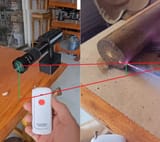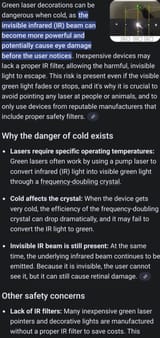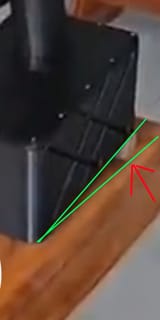>>518784991
>it was a riff on the "sparkplugs" used to ferry xrays from the primary to the secondary in a fission-fusion weapons
I still don’t jnow how these works
From my investigation they apparently just use an aluminum metal cylinder and I guess that’s good enough at bouncing xrays or neutrons question mark?
Apparently the polystyrene does nothing, thermal expansion is minimal and 99.999% or whatever of the compressive force comes from ablation. At least that’s what I heard.
>have you ever given any thought as to why the Spess Forc wants launch-on-demand capability?
Rocket silos and rocket interceptors aren’t exactly new
It’s like that Soviet missile on the tube turret thing, that shot down the American spy plane, what was it called, J2? I’m thinking of the slender black American spy plane with thin long wings like a glider
Anyways it was shot down by these missiles which are on demand
It wouldn’t take much more fuel to just push them into low earth orbit sub orbital
Space war is really complex and I know a lot about it but it’s like an endless deluge of differential equations
Trying to think about it mentally, it’s very difficult to intercept stuff, especially in LEO with all the orbital asymetries caused by earth
Basically low speed intercepts are easy but take time and Dv
High speed intercepts can be done fast and cost less Dv but it’s really easy to dodge them
You never really have any opportunity to shoot something down in a guaranteed manner quickly without absurd Dv and engine performance
On a basic level to intercept something you need more acceleration than the target, if it dodges at 1g but you can match the movement at 2G it can never evade you, it’s a guaranteed hit
However, you might run out of fuel first. If you run out of fuel you failed. And that’s the issue. An engine that can burn at like 8 G for 5 minute is insane, and would require a huge multi staged rocket too
 10/13/2025, 9:52:07 AM
No.518771913
>>518771983
>>518772002
>>518772034
>>518772047
>>518772118
>>518772204
>>518772558
>>518772562
>>518772567
>>518772639
>>518772845
>>518773020
>>518773423
>>518773622
>>518773777
>>518773954
>>518774288
>>518774446
>>518774492
>>518774724
>>518774800
>>518775428
>>518775837
>>518775947
>>518776413
>>518776437
>>518776527
>>518777297
>>518777602
>>518777815
>>518778943
>>518779177
>>518779892
>>518780277
>>518780451
>>518780961
>>518780979
>>518781164
>>518782653
>>518783384
>>518786015
>>518786427
>>518786864
>>518787282
>>518787405
>>518788580
>>518789286
>>518790994
>>518792253
10/13/2025, 9:52:07 AM
No.518771913
>>518771983
>>518772002
>>518772034
>>518772047
>>518772118
>>518772204
>>518772558
>>518772562
>>518772567
>>518772639
>>518772845
>>518773020
>>518773423
>>518773622
>>518773777
>>518773954
>>518774288
>>518774446
>>518774492
>>518774724
>>518774800
>>518775428
>>518775837
>>518775947
>>518776413
>>518776437
>>518776527
>>518777297
>>518777602
>>518777815
>>518778943
>>518779177
>>518779892
>>518780277
>>518780451
>>518780961
>>518780979
>>518781164
>>518782653
>>518783384
>>518786015
>>518786427
>>518786864
>>518787282
>>518787405
>>518788580
>>518789286
>>518790994
>>518792253















































